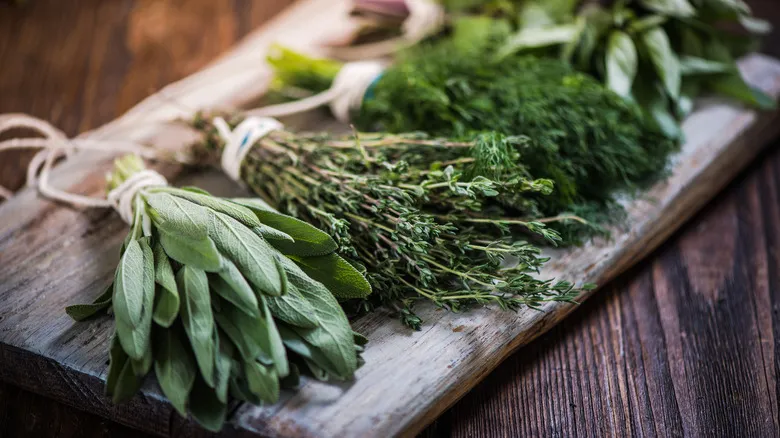The best techniques for drying herbs
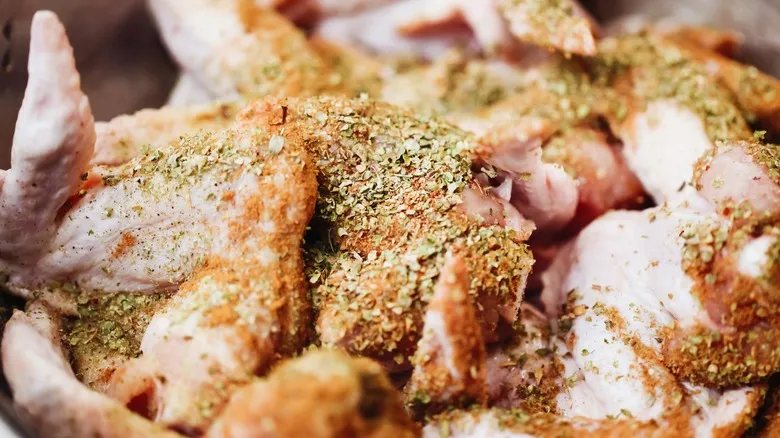
Drying herbs not only prolongs their shelf life but also helps retain much of their original flavor, color, oils, and nutrients. The traditional method of air drying involves hanging inverted bunches of sprigs, which is ideal for larger quantities but can take one to two weeks and is susceptible to issues like humidity, dust, and interference from children or pets. Therefore, let’s explore the two most effective methods.
For many, the microwave oven is the most convenient option. Simply place a single layer of herbs between paper towels and microwave on high for one minute. After that, stir the herbs and continue heating in 30-second intervals until they are nearly dry (this can take anywhere from 2 to 6 minutes, depending on your microwave's wattage). Once they are almost dry, allow them to air dry at room temperature by spreading them out on a baking tray or cutting board. This technique works particularly well for broadleaf herbs such as basil and cilantro.
If your aim is to maximize the preservation of color and flavor, using a dehydrator is the best choice. Ensure that stems or large individual leaves do not touch each other as much as possible. Set the dehydrator to around 100 degrees Fahrenheit and dry the herbs for 1 to 3 hours. Avoid drying them alongside other fruits or vegetables, as their flavors can affect one another. The goal here is to dry the herbs completely until they crumble.
Regardless of the method you choose, ensure that both the herbs and your workspace are clean, and wash your hands thoroughly. Remove any discolored leaves or stems and check for bugs, especially if the herbs were recently harvested. Shake off any excess moisture and gently pat the herbs dry with a paper towel.
Why you shouldn't use an oven to dry herbs
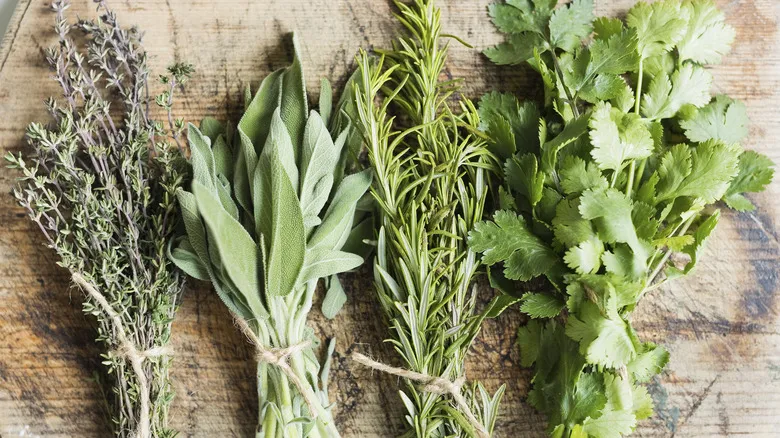
While it may seem straightforward to dry herbs on a baking sheet in the oven, it's generally not advisable. The issue is that most home ovens cannot maintain very low temperatures. Since they tend to run too hot for this purpose, it's easy to scorch the leaves. If you choose to attempt this method, set your oven to its lowest setting (below 180 degrees Fahrenheit). Keep the door slightly ajar (this works best with electric ovens) and check on them frequently. For herbs with smaller or more delicate leaves, such as dill, place them on metal racks over pans to enhance air circulation. Dry them for 3 to 4 hours, keeping a close eye on the process.
Once the herbs are completely dried (they should crumble easily), store them tightly in clean jars or tins. Keep them in a dry, dark cupboard or pantry, and you'll have your own seasonings ready to sprinkle on everything from squash and pizza to watermelon and mozzarella Caprese salad. The great thing about this method is that it works whether you have just one sprig of fresh herb left or a hundred.
Recommended
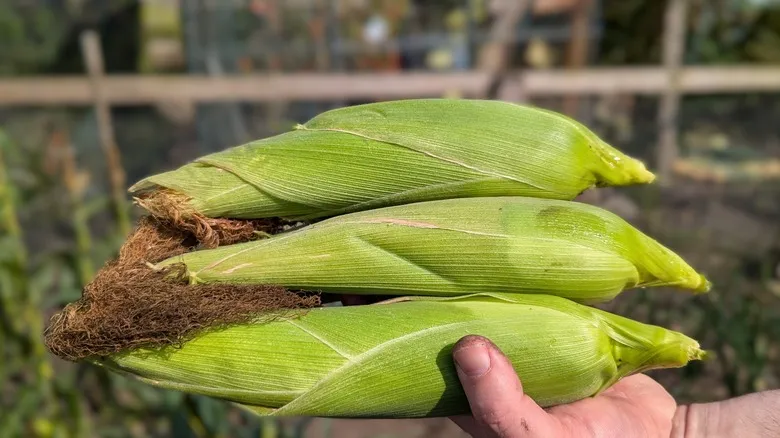
The Best Way To Store Corn On The Cob (And How Long It Lasts In The Fridge)

The Smartest Way To Freeze Butter (And Thaw It When You're Ready)

Here's Exactly How Long Orange Juice Lasts At Room Temperature
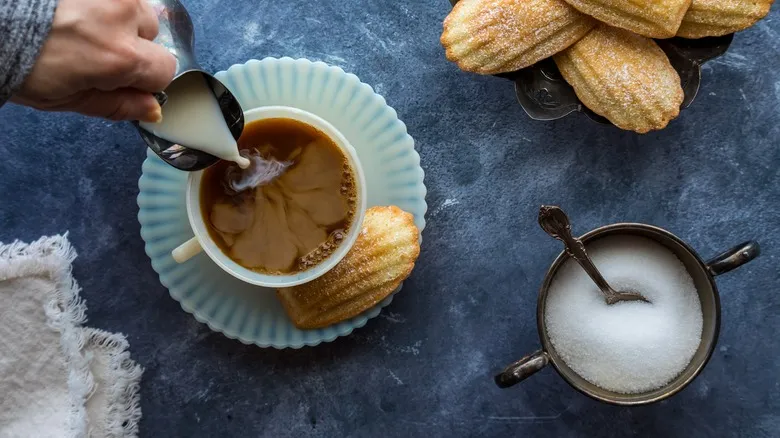
How Long Does Coffee Creamer Last Once It's Been Opened?
Next up

